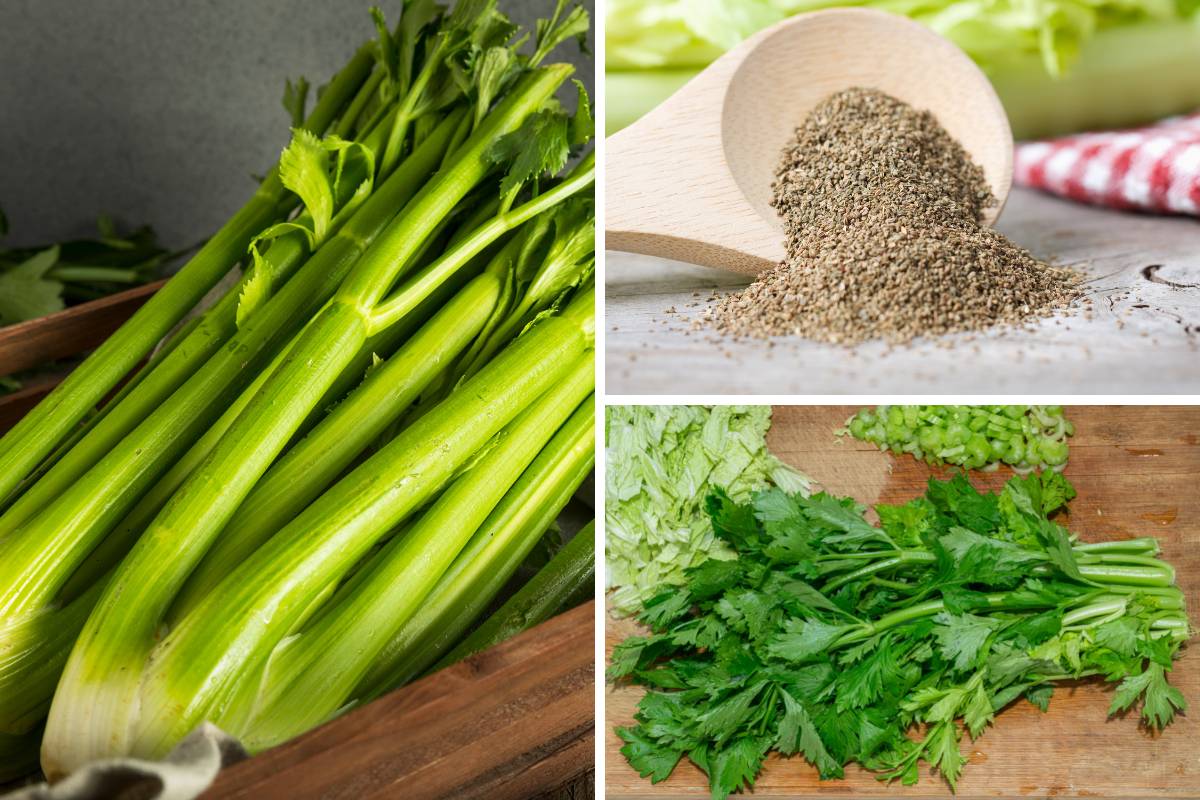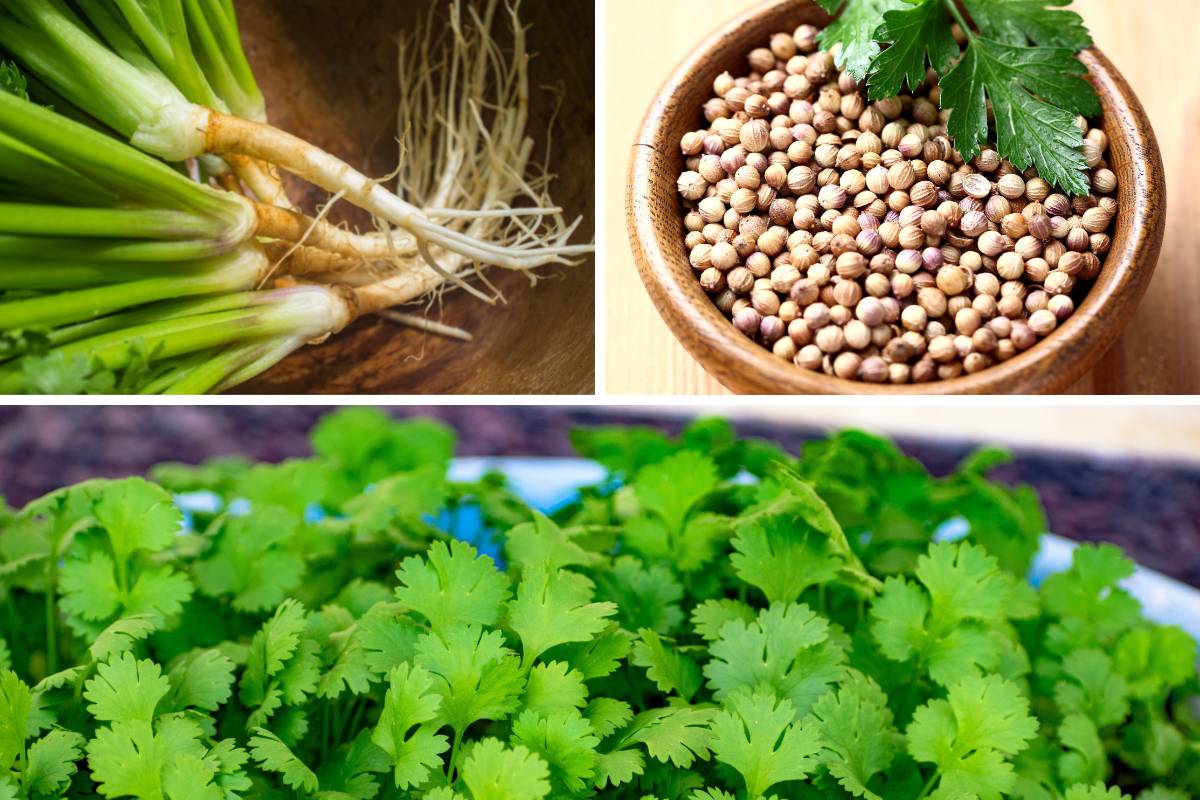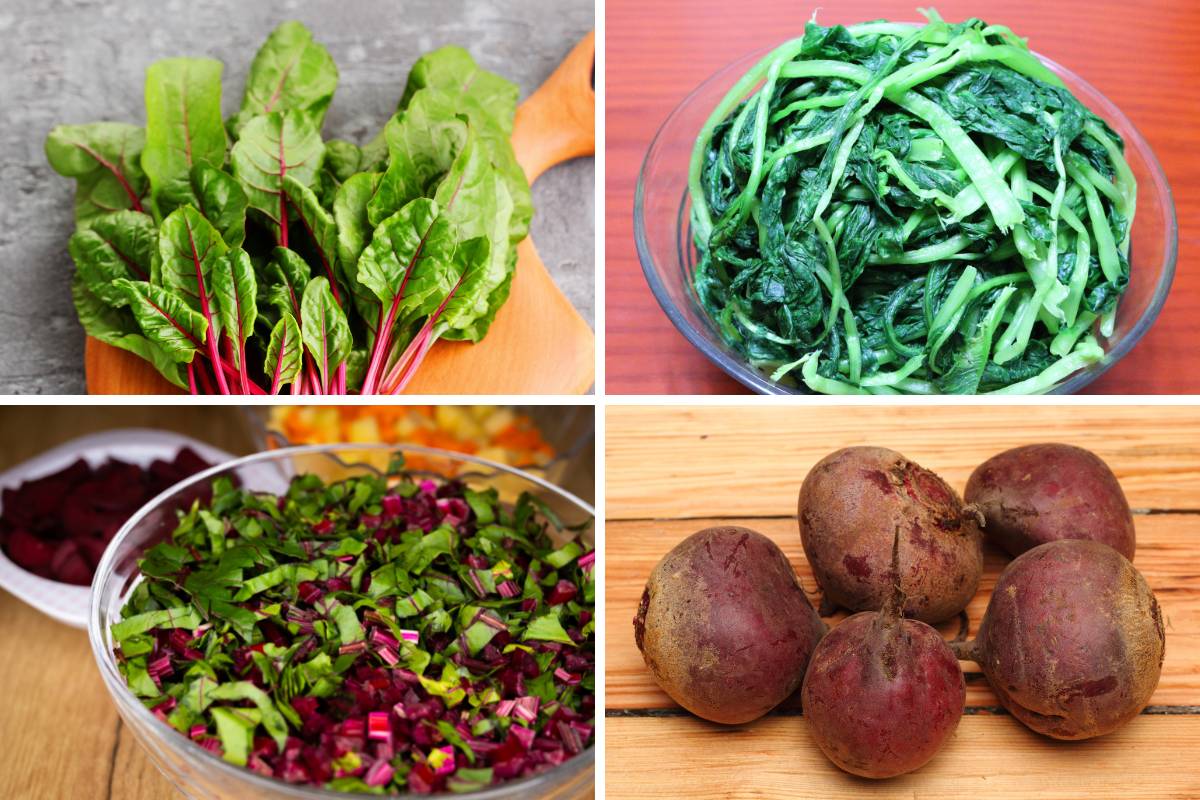Growing your own vegetables is fun and rewarding, but it certainly involves more effort than a trip to the supermarket to fill your larder. After a long growing season of planting, weeding and watering, it only makes sense to get the most you can out of your harvest.
Root to stalk eating is the philosophy of using as much as possible of every plant you grow, wasting no parts that could be put to good culinary use. Even if you don't grow your own produce, the same approach can also help you get full value out of the vegetables you buy at the supermarket, helping to combat the enormous amount of food waste that modern society creates.
Some Root to Stalk Ideas
At its simplest, root to stalk eating could mean losing some wasteful preparation habits in the kitchen. Do you really need to discard the thick main stem of a broccoli, or could you slice and fry it? Do you usually throw away the thicker ribs of silverbeet? Cook them a little longer with some unusual flavourings and you might discover a whole new favourite side dish.
With a few rare exceptions, such as potato or tomato plant leaves, you can safely eat any part of most vegetables. It might not be to your taste, but it's very often worth an experiment. As a guide, any part of an edible plant that's still attached when sold in a supermarket should be perfectly safe, but it's wise to check online for toxicity before trying anything new and unusual.
But with that small warning out of the way, there's a whole world of root to stalk eating to explore. Here are some ideas to get you started.
Celery
Celery stalks are a familiar ingredient, used in countless soup and stew bases or as braised vegetables in their own right. However, the leaves can also be used as an alternative to parsley, bringing a distinctive celery flavour to slow-cooked dishes.
And if you grow your own celery, try leaving a few plants to set seed. Once harvested, the seeds add crunch and flavour to salads or can be used to freshen up meat rubs and marinades.

Carrot
There's much more to carrots than the familiar orange stem, tasty as it is. The green tops can also be used as a herb, lending a slightly sweet but earthy taste that reflects the carrot's parsley family heritage. If the raw taste is a little too bitter, blanching the green fronds first will take the edge off and make them suitable for blending into a salsa or pesto sauce.
Importantly, remove the tops from the carrots as soon as you can after harvest. If left attached, the greenery draws water up from the roots, reducing their storing qualities.
And lastly for the carrot, the humble peelings can be used to flavour stock rather than being thrown away or added to your compost heap.

Lovage
Lovage leaves have a deep, celery-like flavour that makes a robust soup, or they can be used as a general-purpose herb. The stems can also be steamed and eaten as a vegetable, while even the roots can be chopped and thrown into stews. And to complete lovage's versatility, the seeds add an aniseed edge to lovage’s underlying flavour, making them a great addition to biscuits, bread and other baking.
Coriander
Coriander is an essential part of many cuisines, whether it's through the zingy leaves used in salsas and stir-fries or the mellower flavour of the seeds in curry mixes. However, the roots and stems can also be chopped and added to stews, with the roots in particular adding a strong, earthy flavour that's closer to the seeds than the leaves. This is good news for anyone feeling short-changed by a coriander plant that’s bolted before a good harvest of its leaves was achieved.

Beetroot and Radish
Both beetroot and radish are prized for their brightly coloured roots, but the above-ground portion of the plant is also edible, particularly when immature. Beetroot leaves in particular are a staple in supermarket salad leaf mixes. When you're sowing seeds of either plant, use a heavier hand than normal, then use the thinnings in salads or sauteed dishes, leaving the remaining seedlings to mature as normal.
As the plants grow older, the leaves become progressively tougher, but if cooked from freshly picked, they can still be used as an alternative to more traditional leafy greens.

Turnip
In many cuisines, turnip greens are eaten just as widely as the turnip root itself. They can simply be sauteed in a little fat or shredded and added to soups and stews, where they'll cook down in a similar way to spinach while adding a mild mustard flavour.
And of course, the mature turnip root shouldn't be overlooked. Try chopping it into 1-2cm cubes, tossing in oil and seasoning, and then cooking in a hot oven to make an unusual alternative to roast potatoes.
Whether you grow or buy your vegetables, taking the root to stalk approach to cooking and eating them makes total sense. Not only are you getting the most out of every vegetable that arrives in your kitchen, reducing food waste in the process, but you'll also be opening up new flavours and textures to enrich your cooking.






